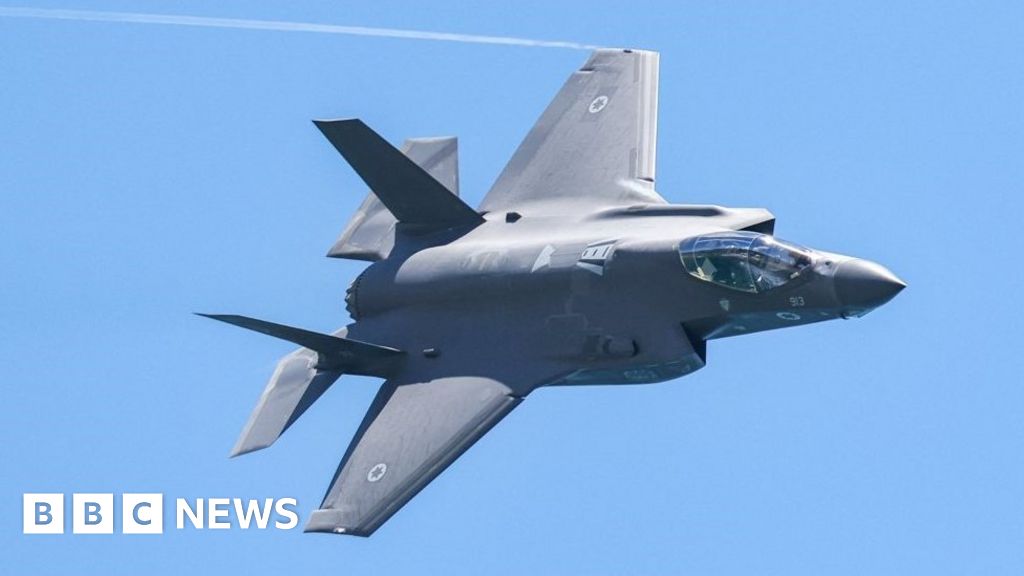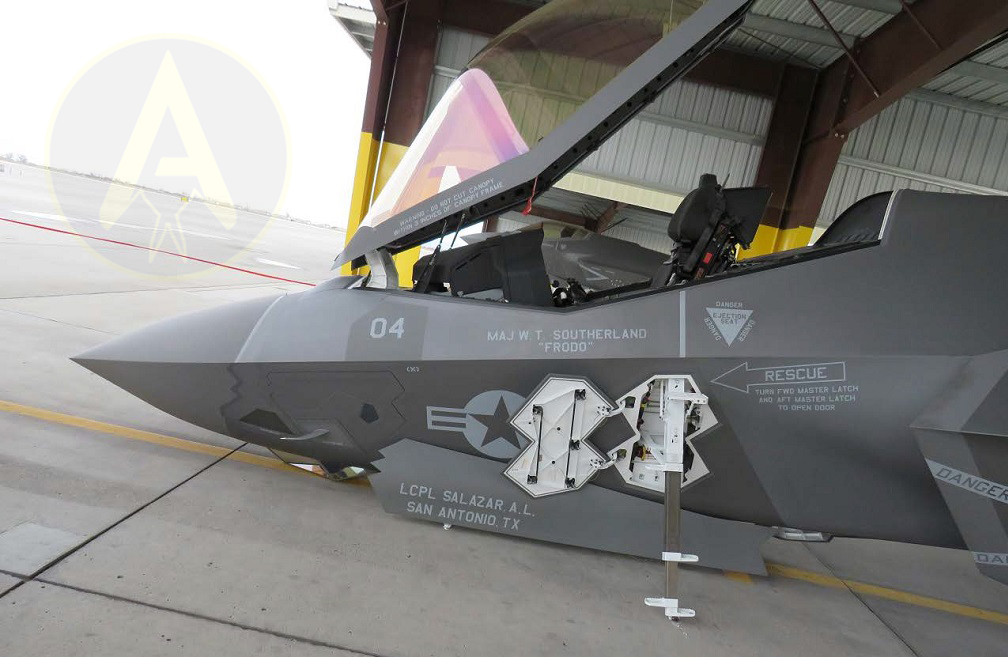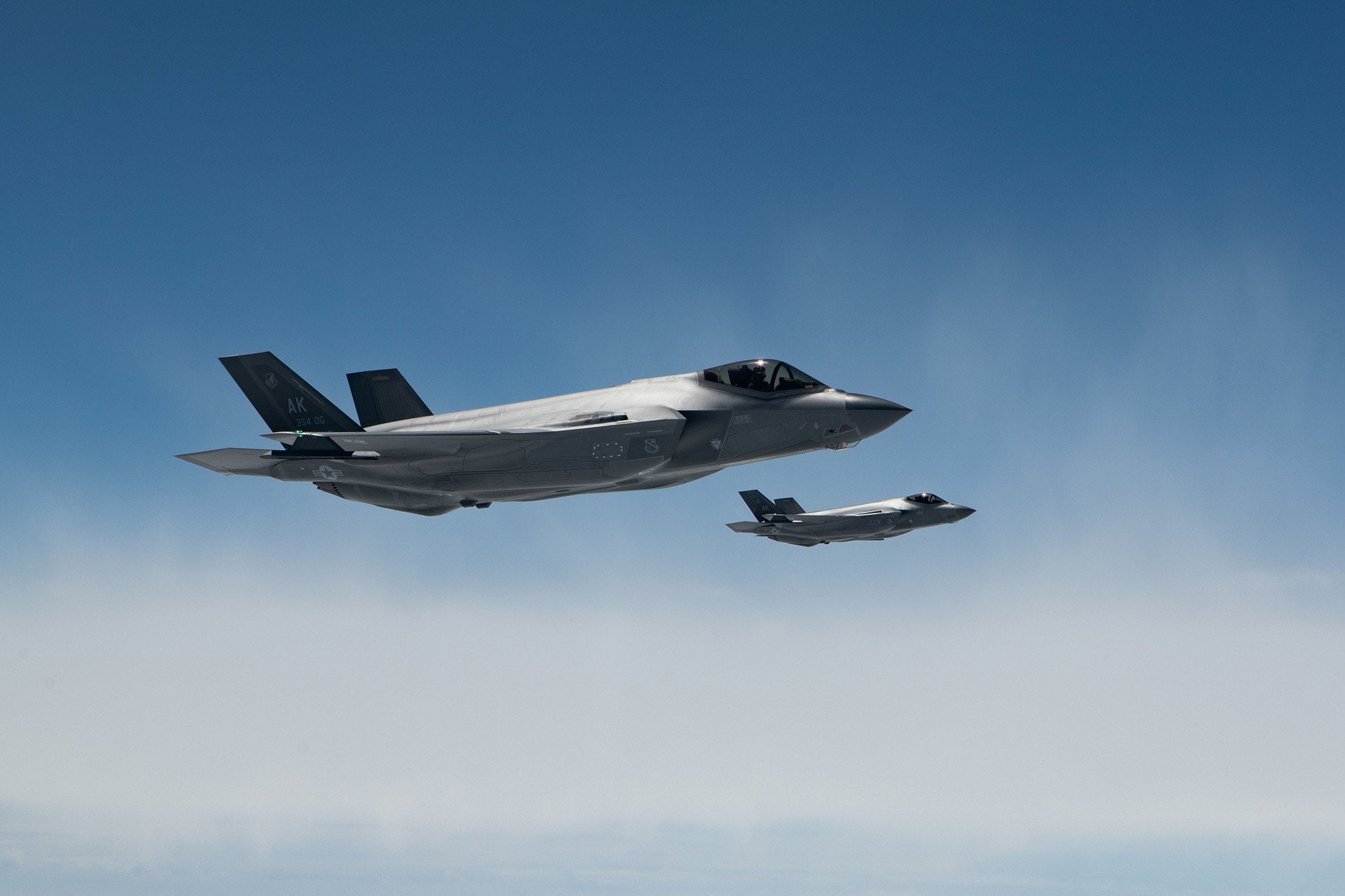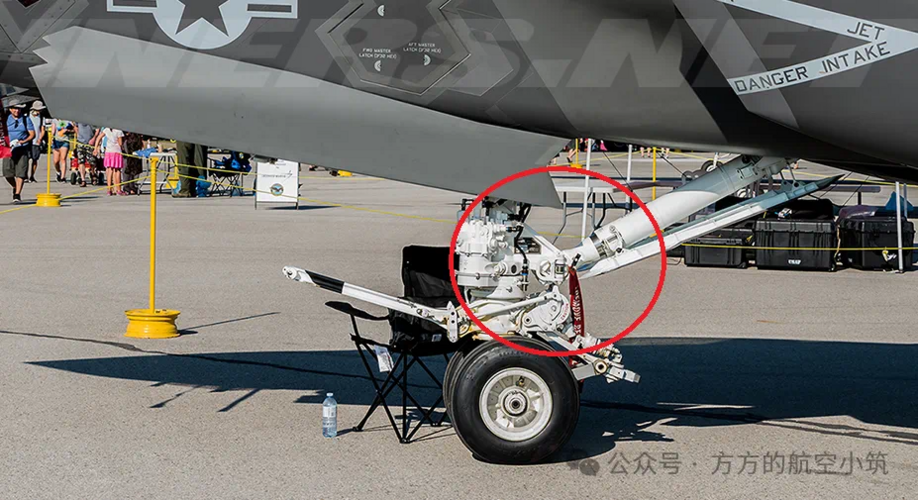Is it really though? The B variant is replacing AV-8B/GR.5/7/9 in all countries who have purchased and made it operational to date (USMC, RAF/FAA and Regia Marina/ItAF). . Japan and Singapore are new customers for STOVL for sure, but are heavy users of US platforms as are South Korea (who have yet to place an F-35B order and might never do so if the CVX programme never goes ahead). But at the same time the F-35B hasn't brought former Harrier users of India and Thailand back into the fold....and has yet to get the Spanish to sign on the dotted line...
At the moment the number of F-35B users and numbers of aircraft will be less than there were Harrier operators and aircraft at its peak...




